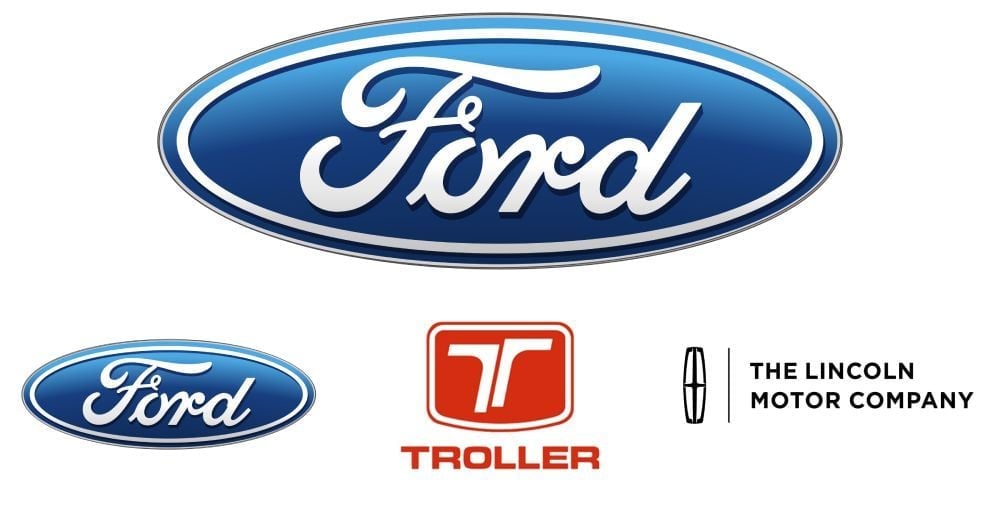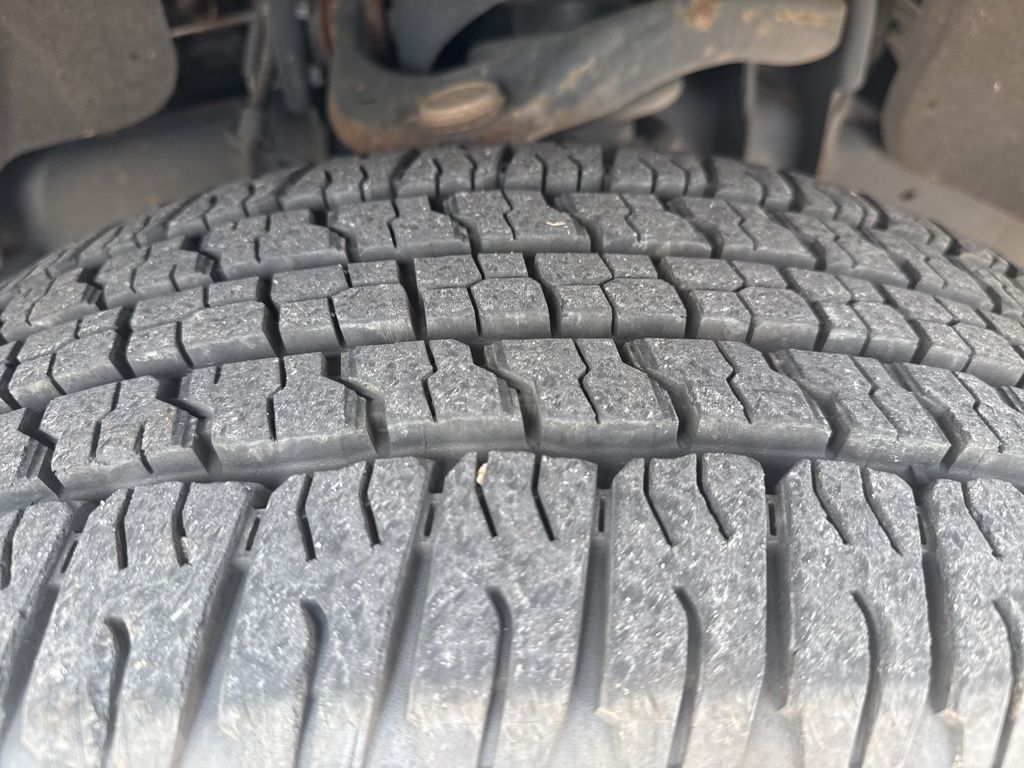What Car Brands Does Ford Own: A Deep Dive into Ford’s Automotive Empire
What Car Brands Does Ford Own: A Deep Dive into Ford’s Automotive Empire cars.truckstrend.com
When we think of automotive giants, Ford Motor Company invariably comes to mind. A titan of American industry, Ford has a storied history marked by innovation, global expansion, and significant strategic shifts. For many, the question "What car brands does Ford own?" might conjure images of a sprawling conglomerate with a vast portfolio of luxury, sports, and mainstream marques. However, the reality of Ford’s current ownership structure is far more focused than its expansive past.
This comprehensive guide will unravel the intricacies of Ford’s brand ownership, differentiating between its current core assets and the prestigious brands it once held under its corporate umbrella. We’ll explore the strategic decisions that shaped Ford’s portfolio, offering insights into why this automotive giant has, at times, expanded rapidly, and at others, strategically contracted.
What Car Brands Does Ford Own: A Deep Dive into Ford’s Automotive Empire
The Ford Motor Company Today: A Focused Empire
In the 21st century, Ford Motor Company has largely streamlined its operations, concentrating its resources on its foundational strengths. Contrary to popular belief, which often harks back to its multi-brand ownership days, Ford’s current portfolio is remarkably lean.
Currently, Ford Motor Company primarily owns and operates two core automotive brands:
- Ford: This is the flagship brand, encompassing a vast array of vehicles from popular trucks like the F-150, SUVs like the Explorer and Bronco, to commercial vans and the iconic Mustang sports car. The Ford brand represents the company’s global volume sales and its commitment to mainstream transportation and innovation.
- Lincoln: Serving as Ford’s luxury vehicle division, Lincoln Motor Company offers a premium lineup of SUVs and sedans. Positioned to compete with high-end brands, Lincoln focuses on delivering sophisticated design, advanced technology, and a refined driving experience.
This focused approach reflects a deliberate strategy by Ford to optimize its resources, enhance brand identity, and respond more agilely to market demands. While this might seem less expansive than some of its competitors, it allows Ford to dedicate significant investment to research and development, electrification, and autonomous driving technologies within its core brands.

Lincoln: Ford’s Enduring Luxury Arm
Established in 1917 by Henry M. Leland (who also founded Cadillac), Lincoln was acquired by Ford Motor Company in 1922. This acquisition was pivotal, as it provided Ford with an immediate entry into the burgeoning luxury car market. Over the decades, Lincoln has been an integral part of Ford’s strategy to offer premium vehicles, often sharing platforms and technologies with Ford-branded cars but distinguishing itself through unique styling, upscale interiors, and enhanced features.
Lincoln’s role within Ford has evolved, adapting to changing consumer preferences. In recent years, Lincoln has undergone a significant revitalization, shifting its focus predominantly to a range of luxurious SUVs like the Navigator, Aviator, Nautilus, and Corsair, which have resonated well with modern luxury buyers. This strategic pivot has solidified Lincoln’s position as a crucial component of Ford’s overall business model, catering to a discerning clientele seeking comfort, prestige, and advanced technology.
A Look Back: Brands Ford Used to Own (and Why They Divested)
The perception that Ford owns a multitude of car brands stems from a period of aggressive expansion, particularly in the late 20th century. During this era, Ford acquired several iconic European luxury and performance brands, aiming to create a diverse global portfolio. This strategy, often referred to as the "Premier Automotive Group" (PAG), was intended to leverage shared platforms, technology, and marketing expertise across a collection of premium marques. However, economic downturns, particularly the 2008 financial crisis, prompted a significant divestiture.

Here’s a detailed look at the prominent brands Ford once owned or held significant stakes in:
- Aston Martin (Owned: 1987-2007): Ford initially acquired a 75% stake in the British luxury sports car manufacturer in 1987 and gained full ownership by 1994. Under Ford’s stewardship, Aston Martin received much-needed investment and modern technology, leading to the development of highly successful models like the DB7 and the Vanquish. Ford sold most of its stake in 2007 to a consortium, though it retained a small share until 2013.
- Jaguar (Owned: 1989-2008): Ford acquired the prestigious British luxury car manufacturer Jaguar in 1989. This was a landmark acquisition, bringing one of the most recognizable luxury brands into the Ford fold. Ford invested heavily in modernizing Jaguar’s production and product lineup.
- Land Rover (Owned: 2000-2008): Ford acquired the renowned British SUV manufacturer Land Rover from BMW in 2000, integrating it into the Premier Automotive Group alongside Jaguar. Land Rover’s robust off-road capabilities and growing luxury appeal made it a valuable asset.

- Why Divested Jaguar and Land Rover: In 2008, facing the severe global financial crisis and needing to consolidate resources, Ford sold both Jaguar and Land Rover to Tata Motors of India. This move allowed Ford to focus on its core Ford and Lincoln brands during a challenging economic period.
- Volvo Cars (Owned: 1999-2010): Ford acquired the Swedish luxury carmaker Volvo Cars from AB Volvo in 1999, recognizing its strong reputation for safety and engineering. Volvo was also part of the Premier Automotive Group.
- Why Divested Volvo Cars: Similar to Jaguar and Land Rover, Volvo was sold in 2010 to Zhejiang Geely Holding Group (Geely) of China. This divestiture was part of Ford’s ongoing strategy to shed non-core assets and reduce debt in the aftermath of the financial crisis.
- Mazda (Significant Stake: 1979-2015): Ford held a significant minority stake in the Japanese automaker Mazda for many decades, beginning in 1979. At its peak, Ford owned over 33% of Mazda, making it a crucial strategic partner. This partnership involved extensive platform sharing, joint ventures, and technology exchange, particularly for small cars and SUVs.
- Why Divested Mazda Stake: Ford gradually reduced its stake in Mazda, largely selling off its remaining shares by 2015. This reflected a shift away from deep strategic alliances and towards internal development, as well as a need for capital during challenging times.
- Mercury (Discontinued: 2011): While not an acquisition in the traditional sense, Mercury was an internal brand created by Ford in 1938. Positioned as a "mid-range" brand, Mercury vehicles were intended to bridge the gap between mainstream Ford models and luxury Lincolns.
- Why Discontinued Mercury: In 2010, Ford announced the discontinuation of the Mercury brand, with production ceasing in 2011. This decision was driven by declining sales, brand overlap with Ford and Lincoln, and a strategic move to streamline its North American product lineup and marketing efforts.
The Strategic Shift: Why Divest?
The divestiture of these major brands marked a significant pivot in Ford’s corporate strategy. The primary reasons included:
- Financial Crisis (2008): The global economic downturn hit the automotive industry particularly hard. Selling off non-core assets was crucial for Ford to raise capital, pay down debt, and avoid a government bailout, unlike some of its competitors.
- Focus on Core Brands: By shedding these brands, Ford could concentrate its engineering, design, marketing, and financial resources on strengthening its foundational Ford and Lincoln marques, allowing for more targeted investment in new technologies and product development.
- Streamlining Operations: Managing a diverse portfolio of brands with distinct cultures, product pipelines, and market positions proved complex and costly. A more focused approach improved efficiency and agility.
- Market Dynamics: The automotive landscape was changing rapidly, with increasing competition, rising development costs for electrification and autonomous driving, and evolving consumer preferences. A leaner structure allowed Ford to adapt more effectively.
What This Means for Consumers and Enthusiasts
For consumers, understanding Ford’s brand ownership means recognizing the current product lineup. If you’re looking for a new vehicle from Ford, you’ll find it under the Ford or Lincoln badges. For those interested in brands like Volvo or Jaguar, they are now under different corporate ownerships, though some legacy parts sharing or engineering philosophies might still be evident from their time under Ford.
For enthusiasts, Ford’s history of ownership offers a fascinating case study in corporate strategy, brand management, and the cyclical nature of the automotive industry. It highlights the challenges and opportunities that arise when a major automaker attempts to build a diversified portfolio and the difficult decisions that must be made during periods of economic turbulence.
Summary Table: Ford’s Brand Relationships
To provide a clear overview, here’s a table summarizing Ford’s current and past brand relationships:
| Brand Name | Relationship to Ford | Period of Ownership/Significant Stake | Key Notes |
|---|---|---|---|
| Ford | Currently Owned (Flagship Brand) | Since 1903 (Founding) | Core brand, global volume sales, diverse product line (cars, trucks, SUVs, commercial). |
| Lincoln | Currently Owned (Luxury Division) | Since 1922 | Luxury vehicle division, focused on premium SUVs and sedans. |
| Aston Martin | Formerly Owned | 1987 – 2007 (most stake) | British luxury sports car maker. Ford provided crucial investment and technology. |
| Jaguar | Formerly Owned (Part of Premier Automotive Group) | 1989 – 2008 | British luxury car manufacturer. Sold to Tata Motors. |
| Land Rover | Formerly Owned (Part of Premier Automotive Group) | 2000 – 2008 | British SUV manufacturer, renowned for off-road capability. Sold to Tata Motors alongside Jaguar. |
| Volvo Cars | Formerly Owned (Part of Premier Automotive Group) | 1999 – 2010 | Swedish luxury carmaker known for safety. Sold to Geely (China). |
| Mazda | Significant Minority Stake (Strategic Partnership) | 1979 – 2015 (gradual reduction) | Japanese automaker. Extensive platform and technology sharing. Ford gradually divested its stake. |
| Mercury | Internal Brand (Discontinued) | 1938 – 2011 | Mid-range North American brand. Discontinued due to declining sales and brand overlap. |
Frequently Asked Questions (FAQ)
Q1: Does Ford still own Volvo?
A1: No, Ford sold Volvo Cars to Zhejiang Geely Holding Group (Geely) of China in 2010.
Q2: Who owns Jaguar and Land Rover now?
A2: Jaguar and Land Rover are now owned by Tata Motors, an Indian multinational automotive manufacturing company, which acquired them from Ford in 2008.
Q3: What happened to the Mercury brand?
A3: Ford discontinued the Mercury brand in 2011. It was an internal brand created by Ford to bridge the gap between Ford and Lincoln vehicles, but its sales declined, and Ford chose to streamline its brand portfolio.
Q4: Did Ford ever own Aston Martin?
A4: Yes, Ford acquired a controlling stake in Aston Martin in 1987 and full ownership by 1994. They sold most of their stake in 2007.
Q5: Why did Ford sell off so many of its luxury brands?
A5: The primary reasons were the global financial crisis of 2008, which necessitated a focus on core profitability, and a strategic decision to streamline operations and invest more heavily in the Ford and Lincoln brands.
Q6: Does Ford still have any partnerships with Mazda?
A6: While Ford once held a significant stake and had extensive partnerships with Mazda, they have largely divested their shares. Any current collaboration is minimal compared to the past.
Conclusion
Ford Motor Company stands as a testament to adaptability and strategic vision in the ever-evolving automotive landscape. While its past saw it as the proprietor of a vast collection of iconic luxury and performance brands, its present is defined by a focused commitment to its core Ford and Lincoln marques. This leaner, more concentrated approach allows Ford to dedicate its substantial resources to innovation, electrification, and the development of vehicles that meet the demands of the modern consumer. Understanding "What car brands does Ford own" is not just about a list of names; it’s about appreciating the dynamic history and strategic evolution of one of the world’s most enduring automotive giants.






